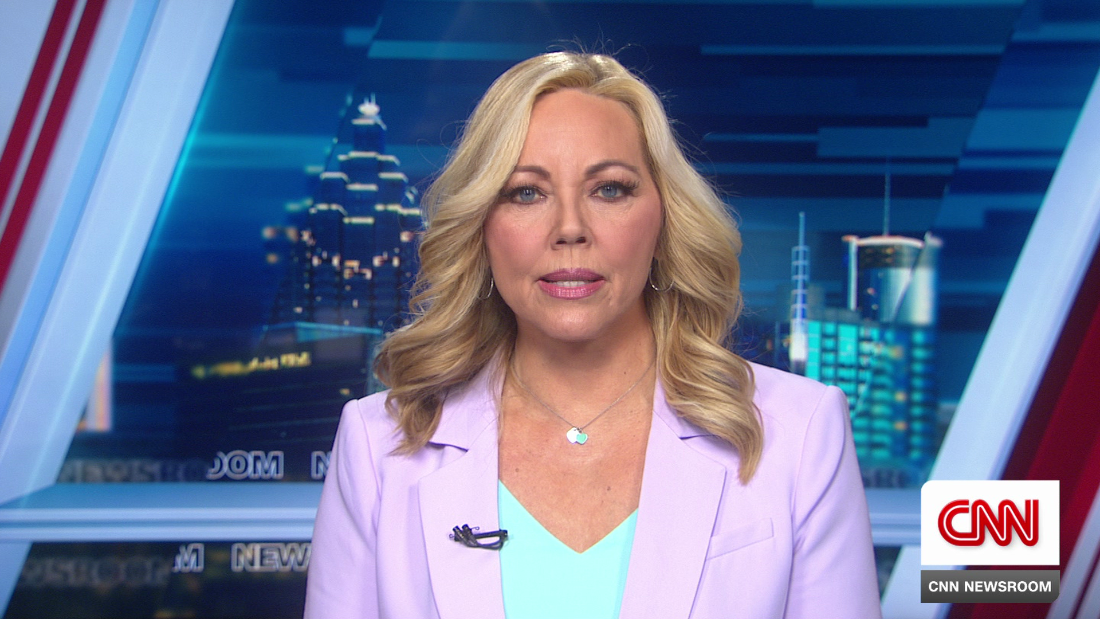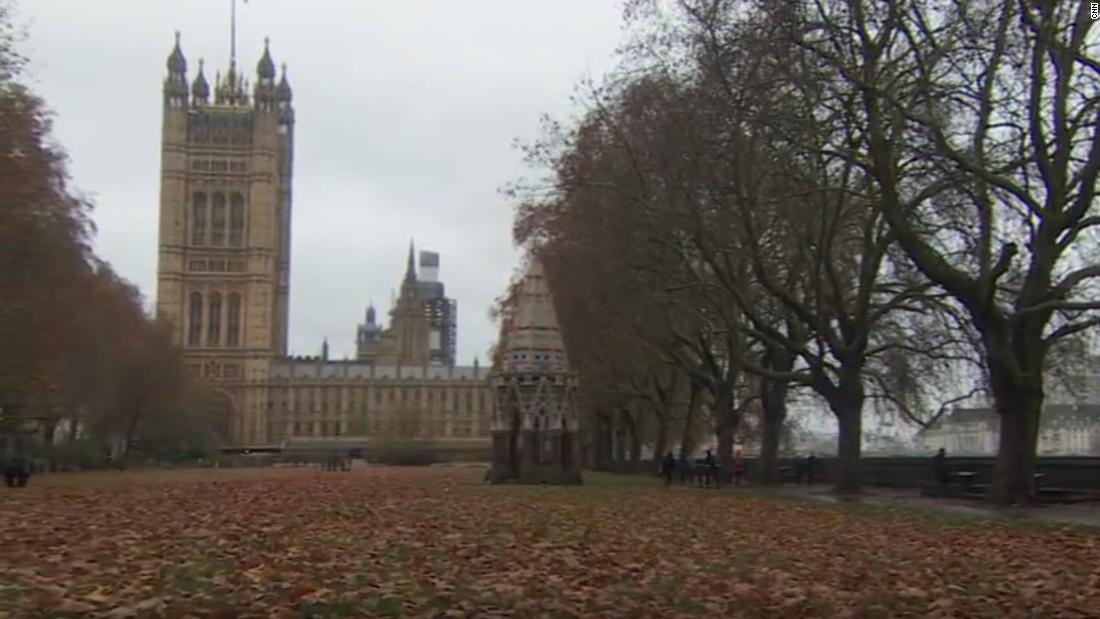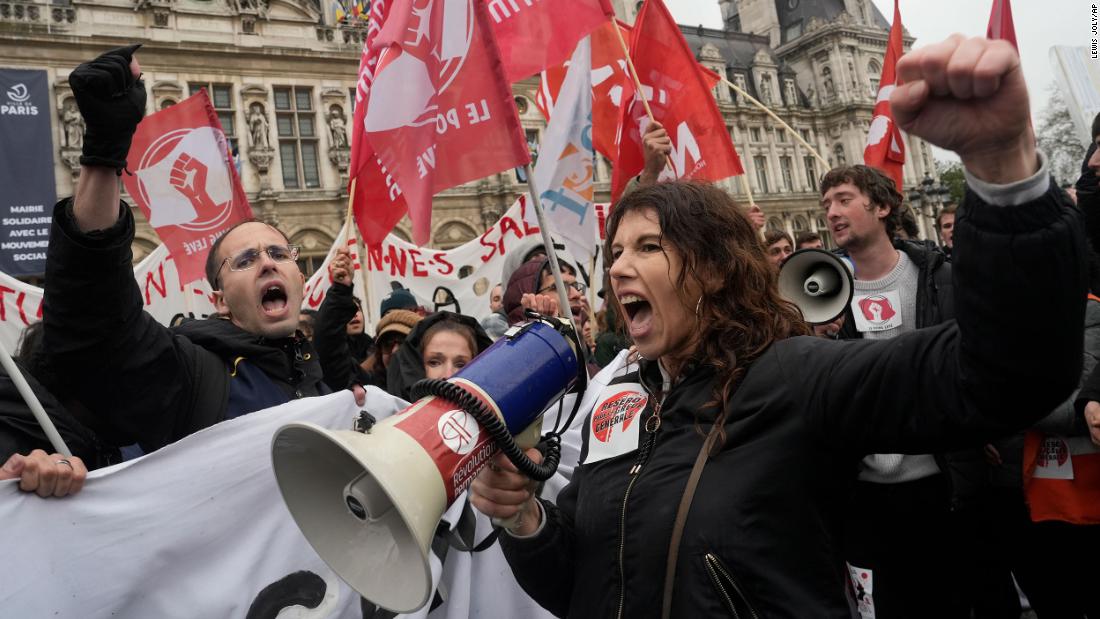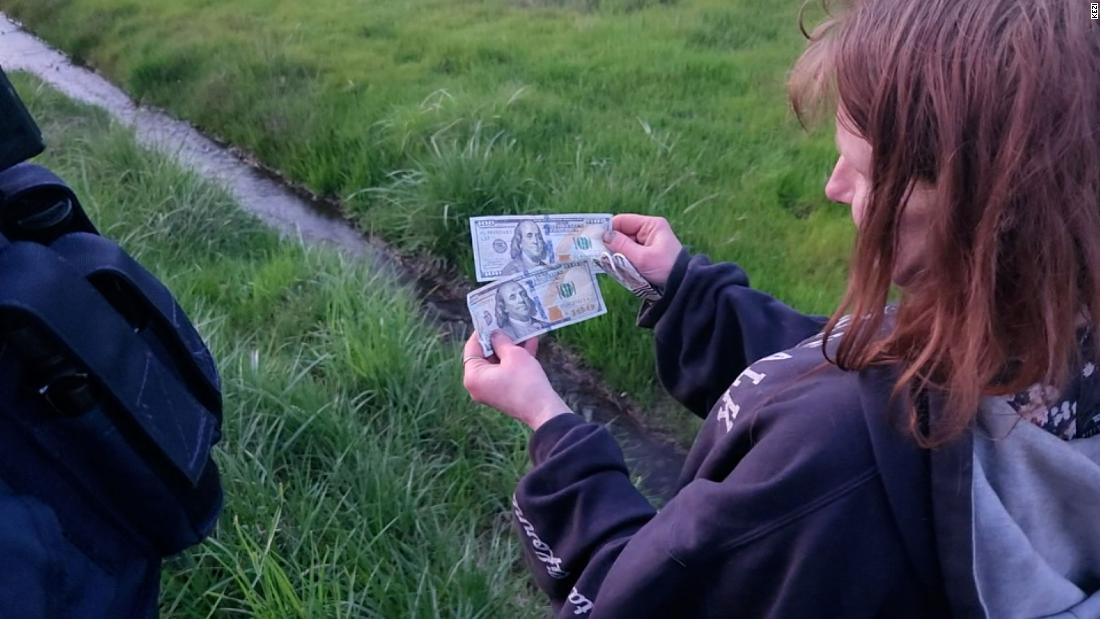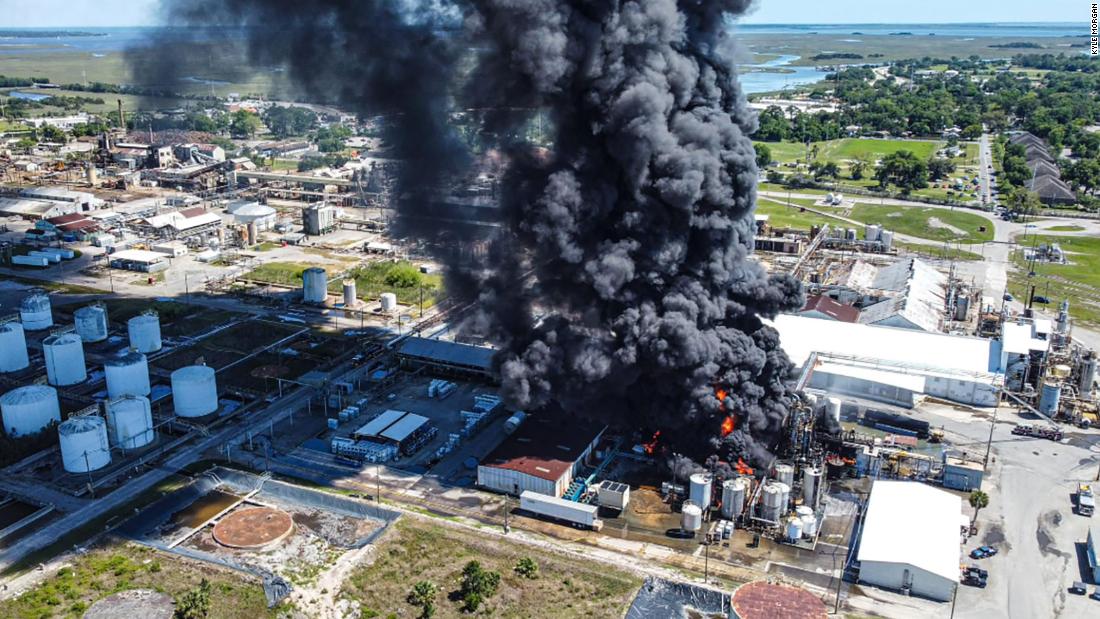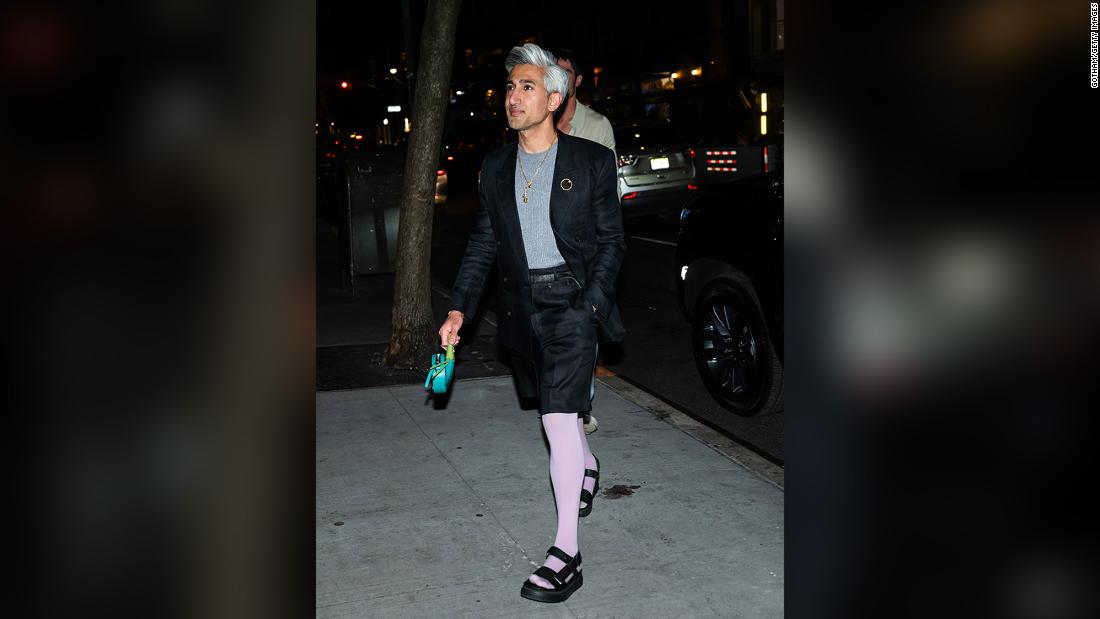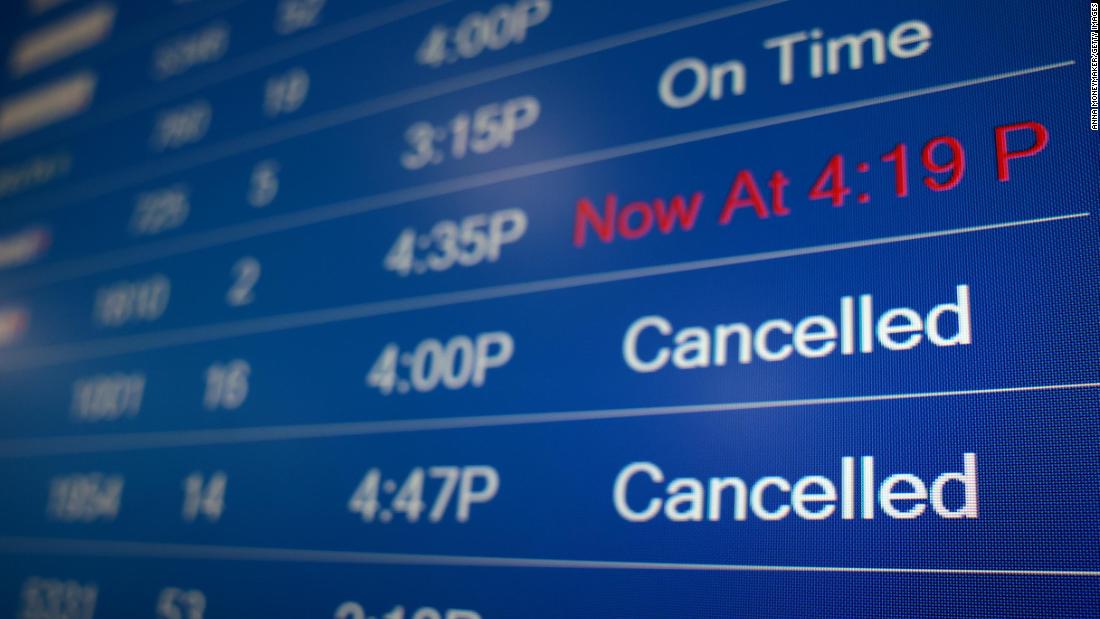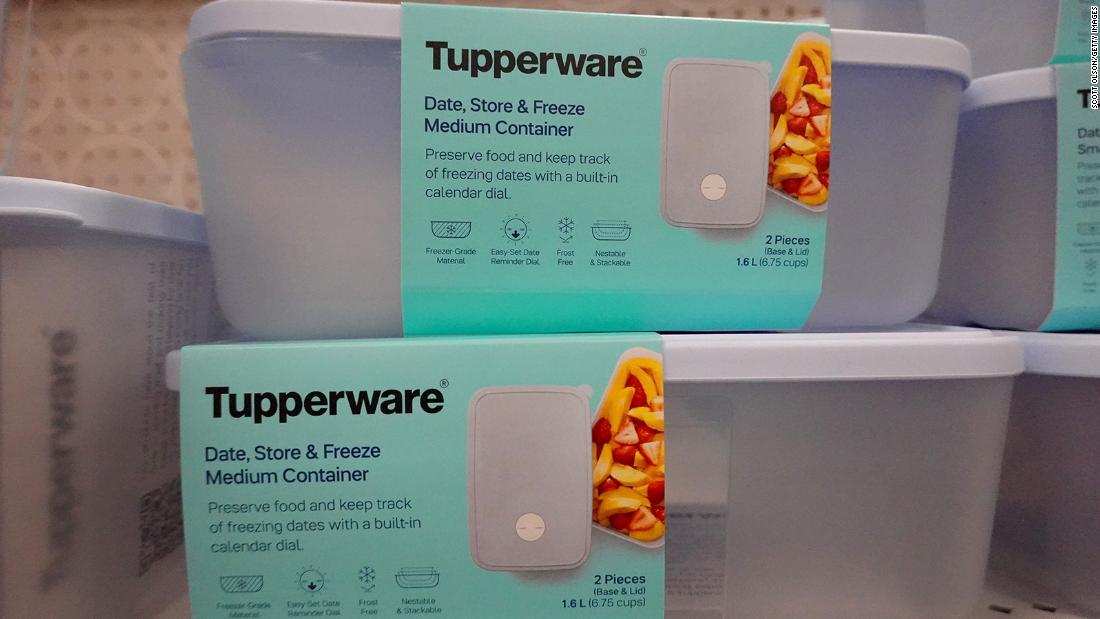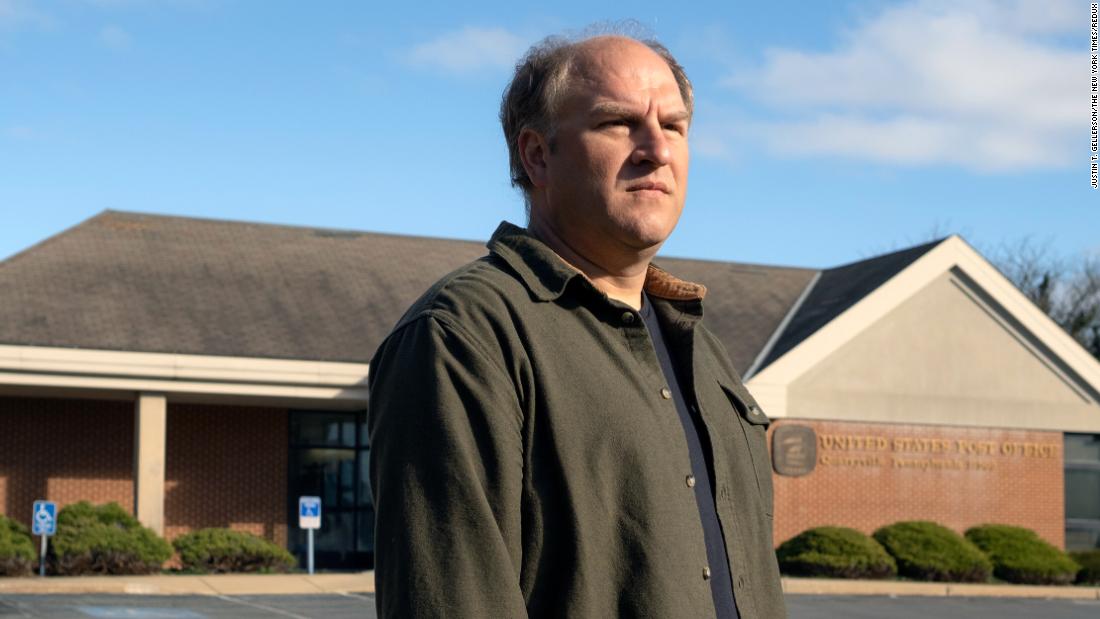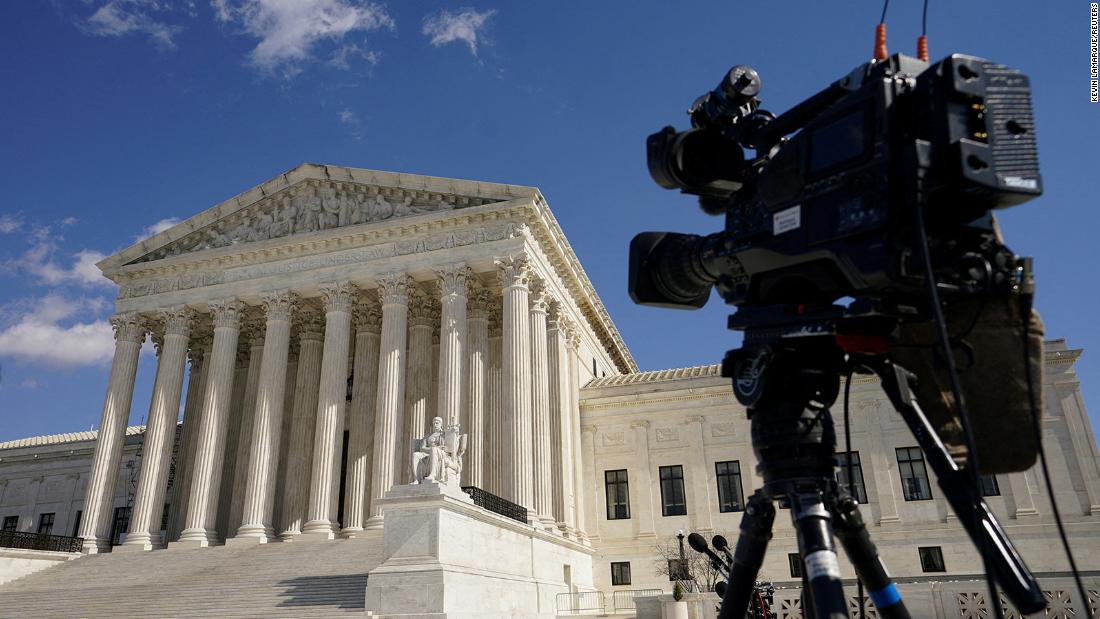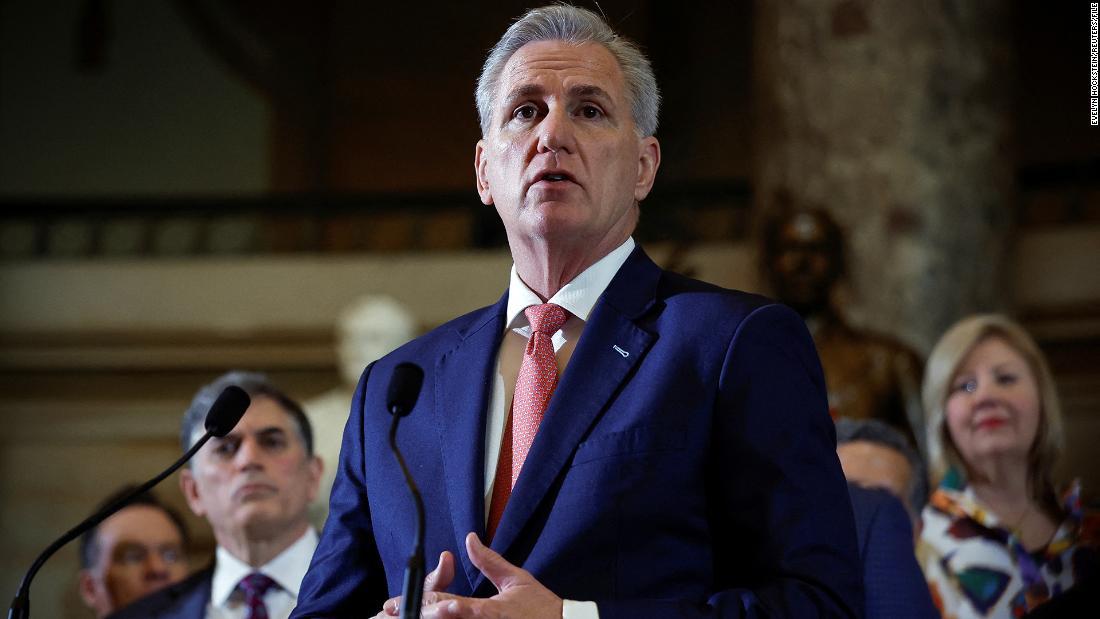TED Baker has confirmed they will close their remaining 31 stores this week, putting more than 500 jobs at risk.
The rest of the fashion brand’s branches are set to pull down the shutters for good by the end of Tuesday.
GettyMore than 500 jobs are now at risk[/caption]
Ted Baker fell into administration earlier this year after a deal went sour between its American owners, Authentic Brands, and a Dutch operating partner that was meant to run the store operations.
Administrators at Teneo have been trying to find a rescue buyer for the business, but it is understood that House of Fraser, owned by Mike Ashley’s Frasers Group pulled out of early talks.
When Ted Baker fell into administration in March it employed 975 people and had 46 shops in the UK and Europe.
Administrators have already closed 15 stores across the UK with the loss of 245 jobs.
But it had been hoped that the remaining stores would stay open.
Shoppers have spotted huge clearance sales at Ted Baker sites across the country, although at the time administrators denied it was part of the administration process.
The collapse of Ted Baker is a sad decline for a fashion brand that a decade ago was one of the strongest names in the retail sector with 550 shops and concessions around the world.
The brand never fully recovered from the ousting of its founder, Ray Kelvin, over “forced hugging” allegations in 2018.
By the time Authentic Brands took Ted Baker private in a £212million takeover in 2022 the business had lost 98 per cent of its value.
Authentic Brands owns Juicy Couture and Reebok as well as the royalty rights to Marilyn Monroe’s estate.
Use our interactive map below to see the full list of Ted Baker stores at risk
Unauthenticated domain error.
What is happening to the British high street?
The news comes amid a challenging time for the whole of the UK’s retail sector.
High inflation coupled with a squeeze on consumers’ finances has meant people have less money to spend in the shops.
Also the rising popularity in online shopping has meant people are favouring digital ordering over visiting a physical store.
Unseasonably wet weather has also deterred shoppers from hitting the high street.
This ongoing issue has seen brands such as Paperchase, andThe Body Shop.
Why are retailers closing shops?
EMPTY shops have become an eyesore on many British high streets and are often symbolic of a town centre’s decline.
The Sun’s business editor Ashley Armstrong explains why so many retailers are shutting their doors.
In many cases, retailers are shutting stores because they are no longer the money-makers they once were because of the rise of online shopping.
Falling store sales and rising staff costs have made it even more expensive for shops to stay open. In some cases, retailers are shutting a store and reopening a new shop at the other end of a high street to reflect how a town has changed.
The problem is that when a big shop closes, footfall falls across the local high street, which puts more shops at risk of closing.
Retail parks are increasingly popular with shoppers, who want to be able to get easy, free parking at a time when local councils have hiked parking charges in towns.
Many retailers including Next and Marks & Spencer have been shutting stores on the high street and taking bigger stores in better-performing retail parks instead.
Boss Stuart Machin recently said that when it relocated a tired store in Chesterfield to a new big store in a retail park half a mile away, its sales in the area rose by 103 per cent.
In some cases, stores have been shut when a retailer goes bust, as in the case of Wilko, Debenhams Topshop, Dorothy Perkins and Paperchase to name a few.
What’s increasingly common is when a chain goes bust a rival retailer or private equity firm snaps up the intellectual property rights so they can own the brand and sell it online.
They may go on to open a handful of stores if there is customer demand, but there are rarely ever as many stores or in the same places.
Published: [#item_custom_pubDate]




















